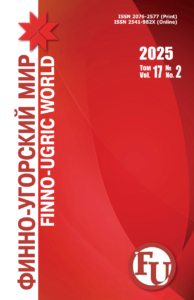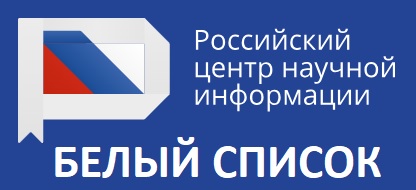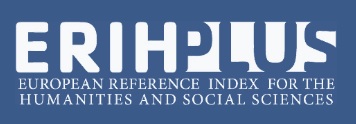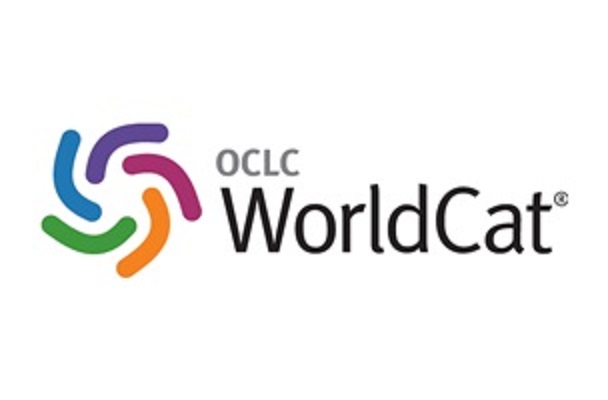Original article
https://doi.org/10.15507/2076-2577.017.2025.02.216-228
https://elibrary.ru/hdlqdk
УДК / UDC 391.1(470.343)
Cultural Analysis of Belt-Making Traditions of the Ural Mari
A. V. Berezinaа
Ural State Forest Engineering University, Ekaterinburg, Russian Federation
T. V. Zharkovab
Sverdlovsk Regional Museum named after O. E. Kler, Polevskoy Branch, Polevskoy, Russian Federation
Abstract
Introduction. The tradition of belt-making among the Ural Mari people represents a unique element of cultural heritage, possessing both practical and symbolic significance. The research problem lies in the insufficient study of how these craft traditions have transformed under the influence of geographical, socio-economic, and spiritual factors. Existing literature lacks a comprehensive analysis of the Ural Mari’s craft practices, which underscores the relevance of research in this field. The aim of this study is to determine the extent of transformation in the belt-making craft traditions of the Ural Mari people under the influence of geographical, socio-economic, and spiritual factors.
Materials and Methods. In the course of the work, the ethnographic method was used in combination with a sociological survey technique, employed for data collection during field research. This included observation, interviews with practitioners of Mari craft traditions, photography, and video recording. The reconstructive and analytical approaches to the study made it possible to identify the distinctive features of weaving techniques among Mari artisans.
Results and Discussion. The study results show that the Ural Mari people, isolated from their Volga region kin, have managed to preserve unique craft practices that remain a symbol of their cultural identity and worldview to this day. Traditions such as tablet weaving and loom weaving carry not only utilitarian but also profound symbolic meanings, reflecting the Mari people’s life cycle and spiritual beliefs.
Conclusion. The article highlights the importance of preserving traditions in the context of globalization and cultural exchange, which pose risks to the survival of unique artisanal practices. Modern changes call for the integration of educational programs and community initiatives aimed at transmitting knowledge and engaging youth in traditional crafts. Recommendations are provided for organizing cultural events, workshops, and state support to ensure the sustainability of Mari cultural heritage. The study emphasizes the need to safeguard cultural constants, maintain ethnic identity, and preserve traditional crafts in the face of contemporary challenges.
Keywords: Ural Mari, traditional crafts, belt-making, cultural heritage, ethnic identity, cultural transformation, costume symbolism, geographical factors, socio-economic influences, tradition preservation
Conflict of interest: The authors declare no conflict of interest.
For citation: Berezina A.V., Zharkova T.V. Cultural Analysis of Belt-Making Traditions of the Ural Mari. Finno-Ugric World. 2025;17(2):216‒228. https://doi.org/10.15507/2076-2577.017.2025.02.216-228
Information about the authors:
Anna V. Berezina, Associate Professor of the Department of Social and Humanitarian Disciplines of the Socio-Economic Institute, Ural State Forest Engineering University (37 Sibirsky Trakt, Ekaterinburg 620100, Russian Federation), ORCID: https://orcid.org/0000-0002-6490-408X, SPIN-code: 2878-7201, berezinanna@mail.ru
Tatyana V. Zharkova, Research Fellow, Sverdlovsk Regional Museum named after O. E. Kler, Polevskoy Branch (93 Ilyicha St., Polevskoy 623391, Russian Federation), ORCID: https://orcid.org/0009-0000-6443-9467, tat.sem-1982@yandex.ru
Authors’ contribution:
A. V. Berezina – formulation of the research idea, objectives, and tasks; manuscript creation and preparation: drafting the manuscript, including translation into a foreign language; development of the research methodology; critical review of the manuscript draft, including comments and revisions before and after publication.
T. V. Zharkova – formulation of the research idea, objectives, and tasks; supervision, leadership, and mentoring during research planning and implementation; conducting the research process, including data collection; visualization of research results and obtained data.
All authors have read and approved the final manuscript.
Submitted 03.01.2025; revised 25.02.2025; accepted 03.03.2025.






















